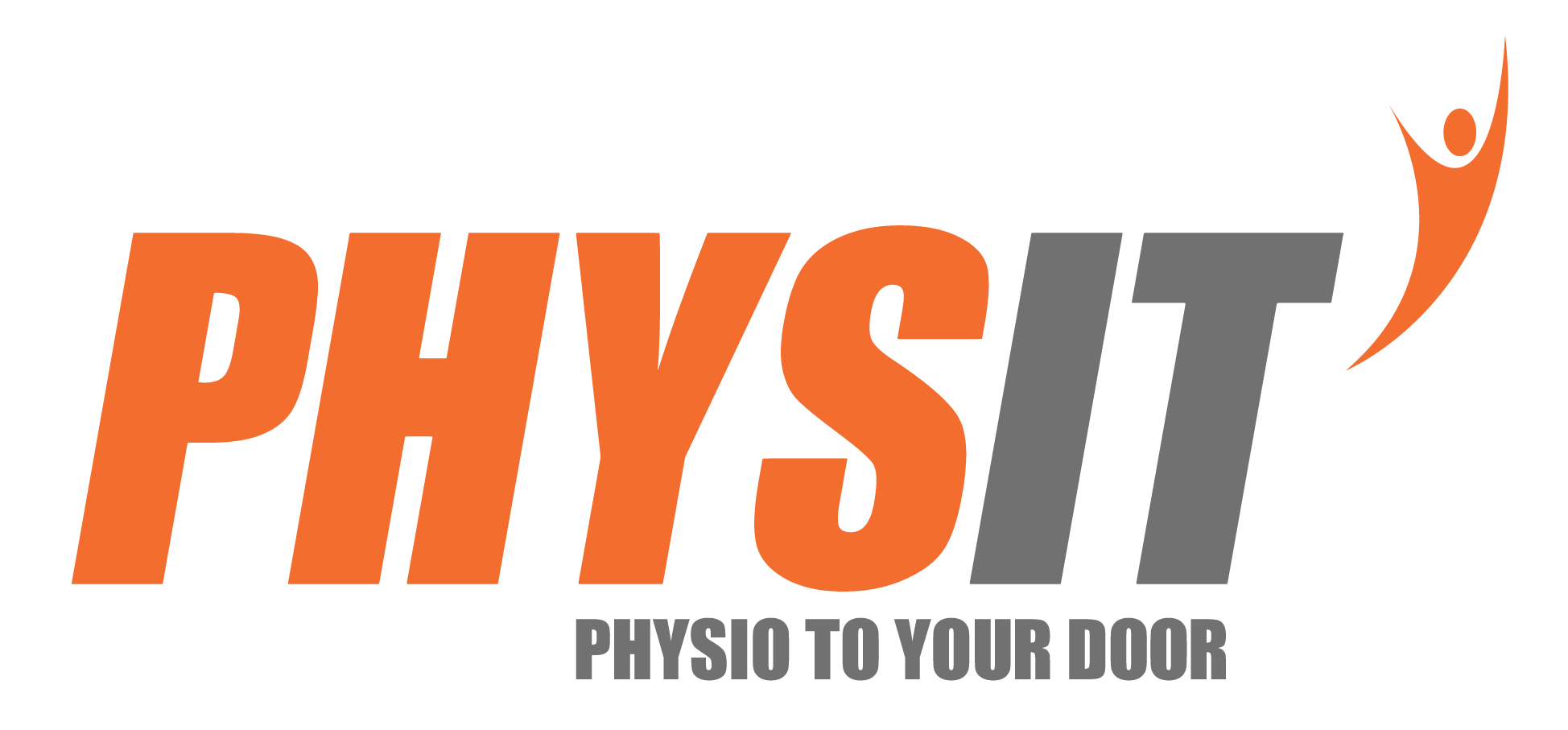Fact of the day for you: If a person walks on average 7,500 steps a day and lives to be 80 years old, they’ll have walked around 216,262,500 steps in their life time. Or, if it’s easier to imagine distances, that’s 110,000 miles. To put this in perspective, the circumference of the earth is 24,901 miles at the equator, so they’ll have walked round the Earth FIVE times. That’s a lot of shoes.
Let’s face it, we tend to take our feet and ankles for granted, but they are in fact extremely complex. Perfectly adapted to not only support our weight, but also to facilitate the lifetime of walking they’re designed for. It’s easy to only really appreciate our feet and ankles when they start to hurt, or when they aren’t as good as they once were.

Bones and Muscles
Our feet and ankles are both highly intricate structures, unfortunately this means all too often something may go wrong. Strains and sprains are common and can have long-lasting, painful consequences. Made up of 26 bones, and more than 33 joints arranged in columns and arches, each part has a vital role to play.
The muscles at the bottom of your leg are attached to bones in your feet by very strong and flexible pieces of tissue called tendons. It’s these which control our ability to walk, run, stand up, jump and go up on tiptoes. The muscles these tendons are attached to are what move your toes, and cushion your foot as it meets the ground. They also give strength and rigidity to the arches of your feet to propel your body forward. The up and down action you can make with your feet occurs because the ankle bone itself is joined to your leg bones to create a ‘hinge’.
Nerves
The main nerve in your foot controls the muscles in your sole, and allows you to feel your toes. Other groups of nerves give feeling to the top and outside edge of your foot.
What sections make up the foot?
Designed to aid flexibility, each foot is described in three different parts:
This structure is made up of your heel bone (technical term is calcaneus) and your ankle (called the talus). The two of them are joined together by a joint called the subtalar joint, and it’s this joint which moves your foot from side to side.
Your heel bone itself is connected to the calf muscles in your lower leg by a thick, tough tendon called the Achilles tendon. Vital for standing and walking, the Achilles is commonly damaged during strenuous sports, such as football. Once over-stretched or ruptured it will need urgent treatment.
Additionally, there is also the tibialis posterior tendon, which attaches the underside of your foot to your lower leg, helping support the arch of your foot. It also means you can turn your foot inwards.
The middle of your foot (aptly named the mid foot)
This part consists of five tarsal bones, which give the arch of your foot its shape. The tarsal bones are then connected to the front and back of your foot by muscles and the arch ligament (called the plantar fascia). Just like the shock absorbers in a car, they reduce the impact when you’re walking or running.
The front of your foot (called the forefoot)
The third part is made up of your toe bones (called phalanges), which are connected to five long bones (metatarsals) by joints. Despite there being very limited movement in your toes, it’s actually your forefoot which takes around 50% of your body’s weight when walking. If you have continuous pain in any part of your ankles or feet, you may well find physiotherapy beneficial in not only treating the pain but preventing future weakness.
If you are having any difficulty with pain in your feet or ankles and feel you could benefit from regular Physiotherapy, get in touch with us at Physit at info@physit.co.uk or call 07714244438 to see how we can help.






